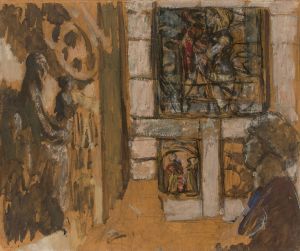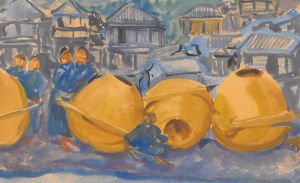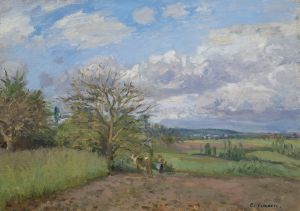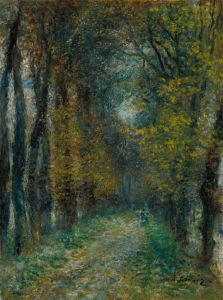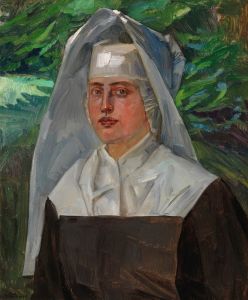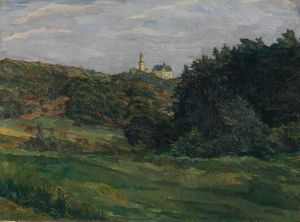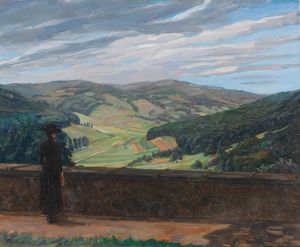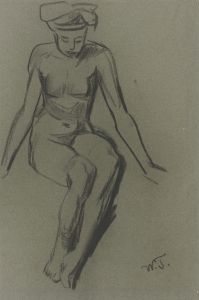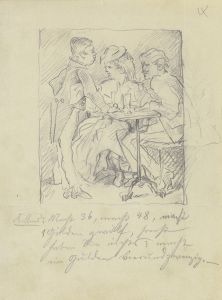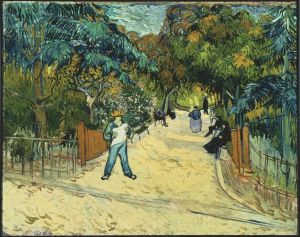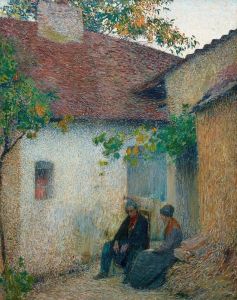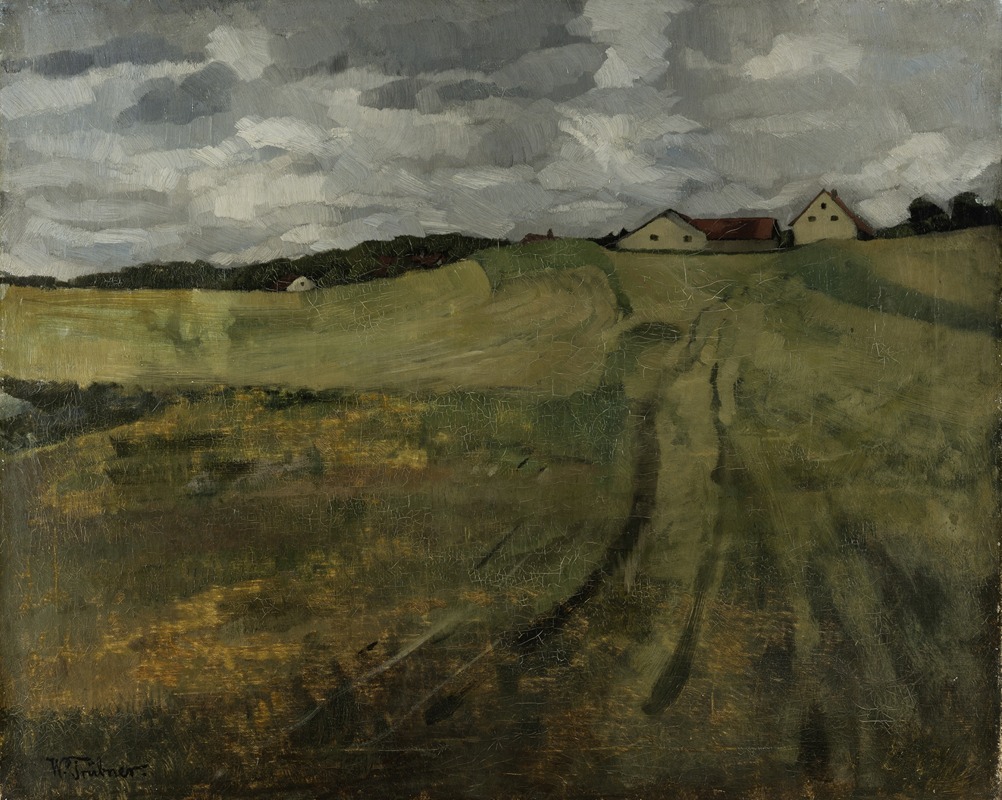
Stubble Field with Ascending Path near Wessling
A hand-painted replica of Wilhelm Trübner’s masterpiece Stubble Field with Ascending Path near Wessling, meticulously crafted by professional artists to capture the true essence of the original. Each piece is created with museum-quality canvas and rare mineral pigments, carefully painted by experienced artists with delicate brushstrokes and rich, layered colors to perfectly recreate the texture of the original artwork. Unlike machine-printed reproductions, this hand-painted version brings the painting to life, infused with the artist’s emotions and skill in every stroke. Whether for personal collection or home decoration, it instantly elevates the artistic atmosphere of any space.
Wilhelm Trübner was a German painter associated with the Realist movement, known for his detailed and atmospheric landscapes. One of his notable works is "Stubble Field with Ascending Path near Wessling," which exemplifies his skill in capturing the essence of the German countryside.
Trübner was born on February 3, 1851, in Heidelberg, Germany. He initially studied under the guidance of notable artists such as Hans Canon and Karl von Piloty, which helped him develop a strong foundation in the academic traditions of painting. However, Trübner's style evolved as he became influenced by the Realist movement, which emphasized depicting subjects as they appear in everyday life without idealization.
"Stubble Field with Ascending Path near Wessling" is a landscape painting that reflects Trübner's mature style. The painting is characterized by its meticulous attention to detail and the realistic portrayal of the natural environment. The scene depicts a stubble field, a common sight in rural Germany, with an ascending path that leads the viewer's eye into the distance. The composition is carefully balanced, with the path creating a sense of depth and movement within the landscape.
Trübner's use of color and light in this painting is particularly noteworthy. He employs a naturalistic palette, capturing the subtle variations in the hues of the field and the sky. The light in the painting suggests a specific time of day, possibly late afternoon, as the sun casts long shadows across the field. This attention to the effects of light and atmosphere is a hallmark of Trübner's work and contributes to the painting's overall sense of realism.
The painting also reflects Trübner's interest in the interplay between man and nature. The stubble field, a result of human agricultural activity, contrasts with the natural landscape surrounding it. This juxtaposition highlights the relationship between human endeavors and the natural world, a theme that Trübner explored in many of his works.
Trübner was part of the Munich Secession, an art movement that sought to break away from the conservative art establishment in Germany. The Secessionists advocated for greater artistic freedom and were instrumental in promoting modern art in Germany. Trübner's involvement with this movement is evident in his approach to painting, which combines traditional techniques with a modern sensibility.
Throughout his career, Trübner received recognition for his contributions to art. He held various teaching positions, including a professorship at the Academy of Fine Arts in Karlsruhe, where he influenced a new generation of artists. His work, including "Stubble Field with Ascending Path near Wessling," continues to be appreciated for its technical skill and its ability to convey the beauty and complexity of the natural world.
In summary, "Stubble Field with Ascending Path near Wessling" by Wilhelm Trübner is a significant example of German Realist painting. It showcases Trübner's mastery of landscape painting, his attention to detail, and his ability to capture the interplay between light, color, and form. The painting remains an important part of Trübner's legacy and a testament to his contribution to the art of his time.





